Filter by

A Dictionary of Irish Artists
First published in 1913, this highly illustrated two-volume work was intended to give as full an account as possible of the lives and works of painters, sculptors and engravers in Ireland from the earliest times to the nineteenth century. Until then, the history of Irish art had been largely neglected, so this project was an extensive undertaking for Walter George Strickland (1850–1928), who …
- Edition
- -
- ISBN/ISSN
- 9781139382113
- Collation
- -
- Series Title
- Cambridge Library Collection - Art and Architecture
- Call Number
- -

A Dictionary of Irish Artists
First published in 1913, this highly illustrated two-volume work was intended to give as full an account as possible of the lives and works of painters, sculptors and engravers in Ireland from the earliest times to the nineteenth century. Until then, the history of Irish art had been largely neglected, so this project was an extensive undertaking for Walter George Strickland (1850–1928), who …
- Edition
- -
- ISBN/ISSN
- 9781139382106
- Collation
- -
- Series Title
- Cambridge Library Collection - Art and Architecture
- Call Number
- -

A Bibliography of Salon Criticism in Paris from the July Monarchy to the Seco…
This bibliography provides a source for reviews of the state-sponsored Parisian exhibitions of painting and sculpture (Salons) held during the July Monarchy and Second Republic (1831–1851). It includes an extensive list of references, each presented in a standard format, with titles, dates and ordering codes based upon the holdings of the Bibliothèque nationale in Paris. It is indexed both b…
- Edition
- -
- ISBN/ISSN
- 9780511597220
- Collation
- -
- Series Title
- -
- Call Number
- -
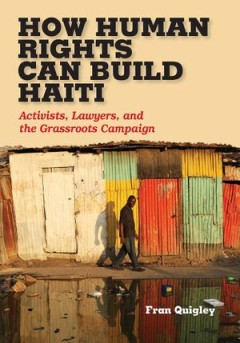
How Human Rights Can Build Haiti : Activists, Lawyers, and the Grassroots Cam…
A cataclysmic earthquake, revolution, corruption, and neglect have all conspired to strangle the growth of a legitimate legal system in Haiti. But as How Human Rights Can Build Haiti demonstrates, the story of lawyer-activists on the ground should give us all hope. They organize demonstrations at the street level, argue court cases at the international level, and conduct social media and lobbyi…
- Edition
- -
- ISBN/ISSN
- 9780826519955
- Collation
- -
- Series Title
- -
- Call Number
- 340 QUI h
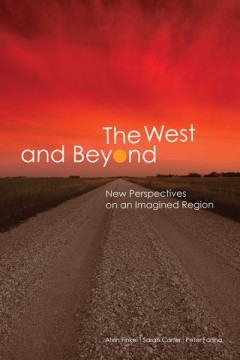
The West and Beyond New Perspectives on an Imagined Region
The West and Beyond explores the state of Western Canadian history, showcasing the research interests of a new generation of scholars while charting new directions for the future and stimulating further interrogation of our past. This dynamic collection encourages dialogue among generations of historians of the West, and among practitioners of diverse approaches to the past. It also reflects a …
- Edition
- Alvin Finkel, Sarah Carter, and Peter Fortna
- ISBN/ISSN
- 9781897425800.01
- Collation
- -
- Series Title
- The West Unbound: Social and Cultural Studies
- Call Number
- 461 pages
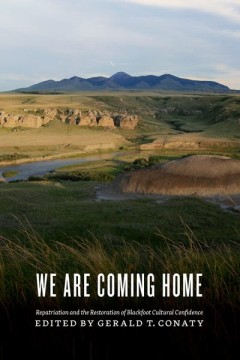
We Are Coming Home Repatriation and the Restoration of Blackfoot Cultural Co…
In 1990, Gerald Conaty was hired as senior curator of ethnology at the Glenbow Museum, with the particular mandate of improving the museum’s relationship with Aboriginal communities. That same year, the Glenbow had taken its first tentative steps toward repatriation by returning sacred objects to First Nations’ peoples. These efforts drew harsh criticism from members of the provincial gover…
- Edition
- Gerald T. Conaty
- ISBN/ISSN
- 9781771990172.01
- Collation
- -
- Series Title
- -
- Call Number
- -
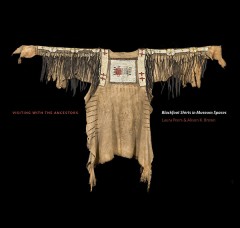
Visiting With the Ancestors Blackfoot Shirts in Museum Spaces
In 2010, five magnificent Blackfoot shirts, now owned by the University of Oxford’s Pitt Rivers Museum, were brought to Alberta to be exhibited at the Glenbow Museum, in Calgary, and the Galt Museum, in Lethbridge. The shirts had not returned to Blackfoot territory since 1841, when officers of the Hudson’s Bay Company acquired them. The shirts were later transported to England, where they h…
- Edition
- -
- ISBN/ISSN
- 9781771990370.01
- Collation
- -
- Series Title
- -
- Call Number
- 10.5 x 10, 232 pages
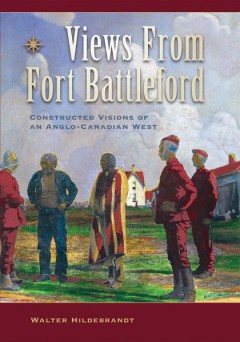
Views From Fort Battleford Constructed Visions of an Anglo-Canadian West
The Myth of the Mounties as neutral arbiters between Aboriginal peoples and incoming settlers remains a cornerstone of the western Canadian narrative of a peaceful frontier experience that differs dramatically from its American equivalent. Walter Hildebrandt eviscerates this myth, placing the NWMP and early settlement in an international framework of imperialist plunder and the imposition of co…
- Edition
- -
- ISBN/ISSN
- 9781897425459
- Collation
- -
- Series Title
- -
- Call Number
- -
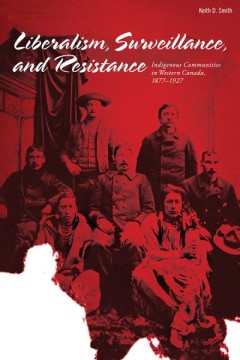
Liberalism, Surveillance, and Resistance Indigenous Communities in Western C…
Canada is regularly presented as a country where liberalism has ensured freedom and equality for all. Yet with the expansion of settlers into the First Nations territories that became southern Alberta and BC, liberalism proved to be an exclusionary rather than inclusionary force. Between 1877 and 1927, government officials, police officers, church representatives, ordinary settlers, and many ot…
- Edition
- -
- ISBN/ISSN
- 9781897425398.01
- Collation
- -
- Series Title
- The West Unbound: Social and Cultural Studies
- Call Number
- 334 pages
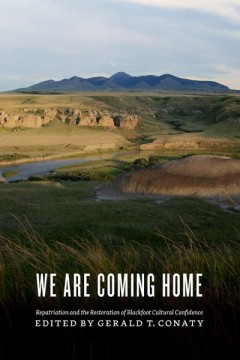
We Are Coming Home Repatriation and the Restoration of Blackfoot Cultural Co…
In 1990, Gerald Conaty was hired as senior curator of ethnology at the Glenbow Museum, with the particular mandate of improving the museum’s relationship with Aboriginal communities. That same year, the Glenbow had taken its first tentative steps toward repatriation by returning sacred objects to First Nations’ peoples. These efforts drew harsh criticism from members of the provincial gover…
- Edition
- -
- ISBN/ISSN
- 9781771990172.01
- Collation
- -
- Series Title
- -
- Call Number
- 304 pages
 Computer Science, Information & General Works
Computer Science, Information & General Works  Philosophy & Psychology
Philosophy & Psychology  Religion
Religion  Social Sciences
Social Sciences  Language
Language  Pure Science
Pure Science  Applied Sciences
Applied Sciences  Art & Recreation
Art & Recreation  Literature
Literature  History & Geography
History & Geography